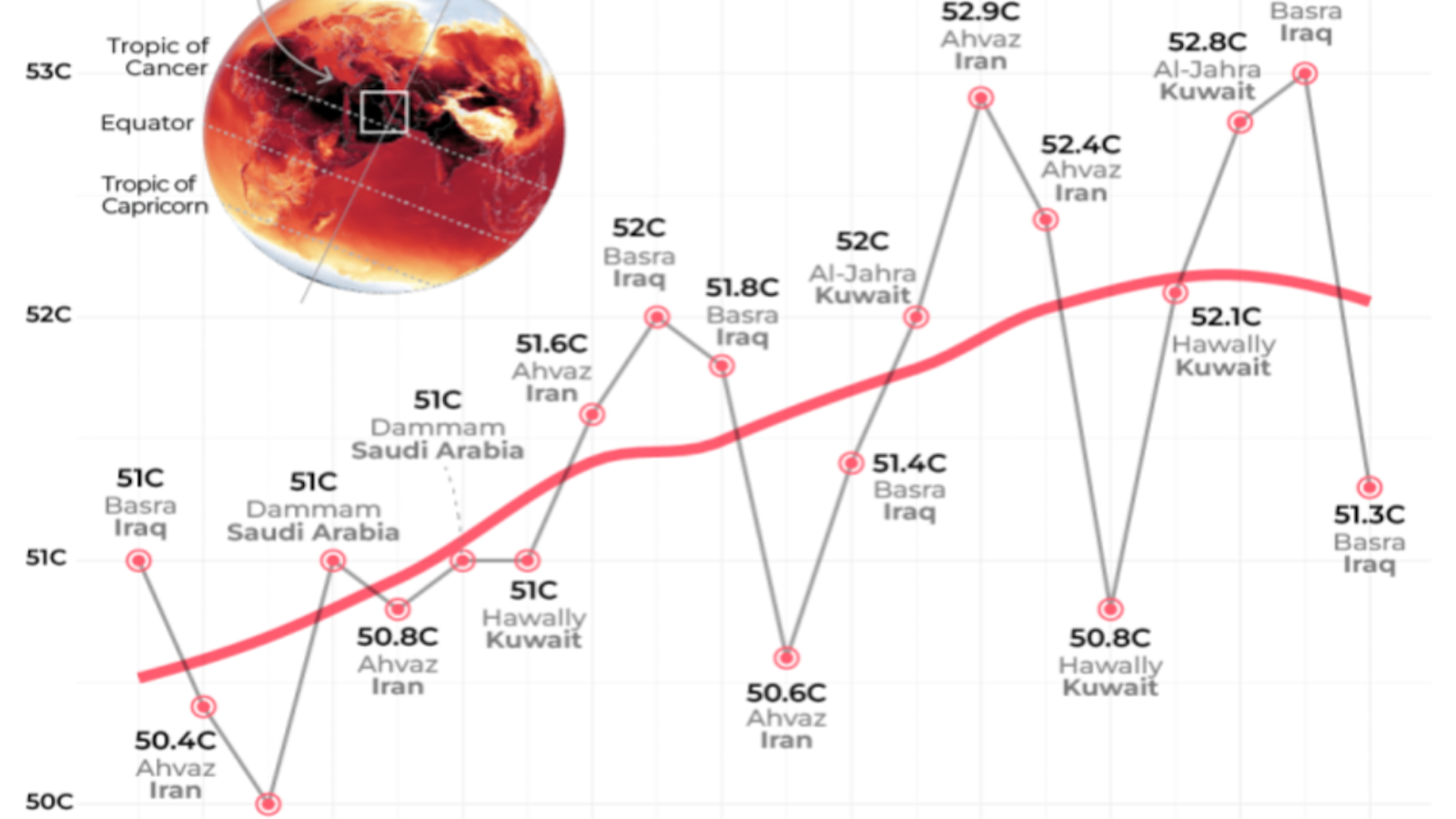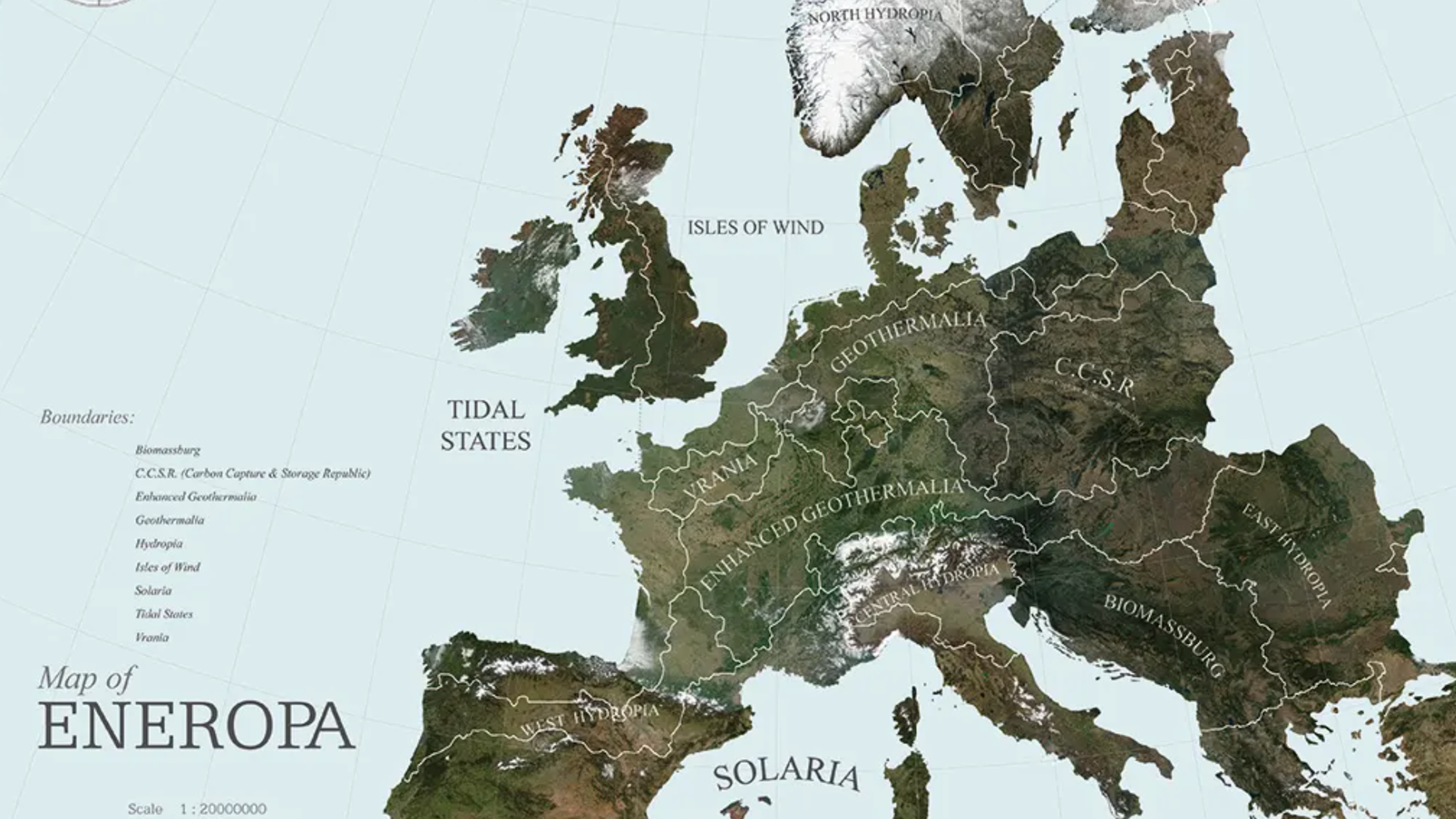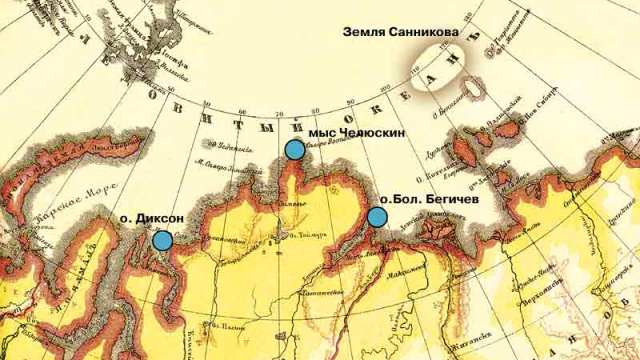70 – Sykes-Picot: Western Designs On the Middle-East
n
In November 1915, diplomats François Georges-Picot (for France) and Mark Sykes (for Britain) negotiated an ‘understanding’ about how to divide the Middle East into spheres of influence for their respective countries. At the time, the area was still under control of the Ottoman Empire, linked to the Central Powers (Germany and Austro-Hungary) and therefore an opponent of the British, French and other Allies in World War I.
n
The Sykes-Picot Plan was secretly agreed to by the British and French governments on May 16, 1916. The outlines of the combined zones of influence have partially determined the borders of Syria, Israel, Jordan, Iraq and Saudi Arabia as they still stand today. Internally, the zones do not correspond to the present border situation.
n
According to Sykes-Picot, there were to be:
n
- n
- An ‘A’-zone of French influence, somewhat corresponding with present-day Syria but without coastal access, and extending far into present-day Iraq, to include the city of Mosul.
- A ‘B’-zone of British influence, roughly correspondent to present-day Jordan and Iraq and including the Israeli port city of Haifa. Also included were the southern part of present-day Israel (i.e. the Negev desert), and a band of territory extending deep into the Arabian peninsula.
- A ‘Blue’ zone of direct French control, in central Anatolia with extensions towards the south (the Syrian coast) the west (the southern Turkish coast) and far inland.
- A ‘Red’ zone of direct British control, in southern Iraq and extending southwards over Kuwait to include the Persian Gulf coast of Arabia.
- An international zone in the Holy Land, pending consultation with other world powers.
n
n
n
n
n
n
France and Britain would be left free to decide on state boundaries within the areas of their control. The main criticism of the Sykes-Picot Agreement was that it failed to take into account the wishes of the Arab populations in the area – who had been promised self-determination by some Western interlocutors, such as Lawrence of Arabia, who promised the Arabs a homeland in exchange for siding with the British against the Turks.
n
The Sykes-Picot Agreement was later expanded to include Italy (which would receive some Aegean islands and a sphere of influence around Izmir/Smyrna on the Aegean coast of Asia Minor) and Russia (which would get Armenia and parts of Kurdistan). Due to the Communist Revolution of 1917, Russia’s claims were denied. Italy’s claims were formalised in the Treaty of Sèvres (1920).
n
Whether or not as ‘revenge’, Lenin released a copy of the confidential agreement, causing great embarrassment among the Allies – and growing distrust among the Arabs. In fact, the Sykes-Picot Agreement is seen as a negative turning point in Arab-Western relations, which have not been ‘baggage-free’ since.
n
Sykes-Picot was reaffirmed at the Sanremo Conference (1920), although the borders of the resultant states (the French mandate area of Syria-Lebanon, the British mandate areas of Palestine, Transjordan, Iraq) did not correspond exactly to the zones of influence in the original agreement.
n






